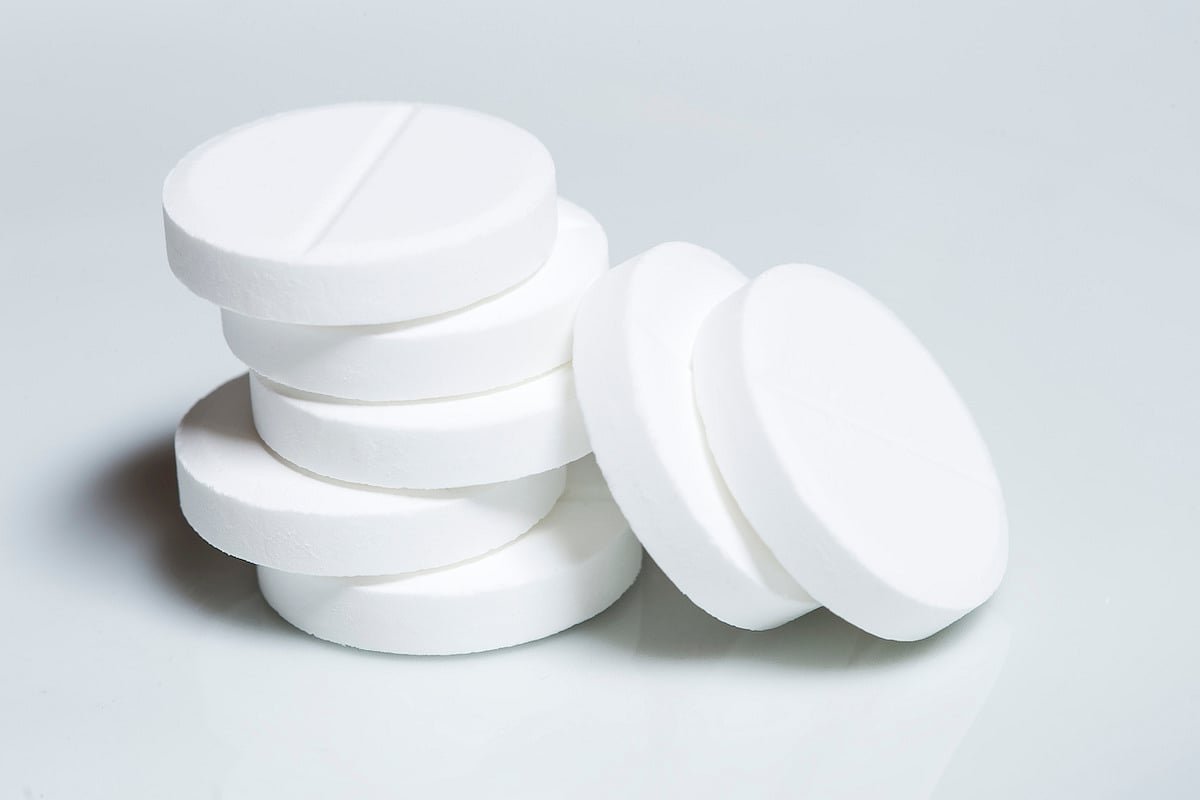Photo Credit: SiberianArt
The following is a summary of “Comparison of lithotripsy methods during mini-PNL: is there a role for ballistic lithotripsy in the era of high-power lasers,” published in the March 2024 issue of Urology by Ibis et al.
Percutaneous nephrolithotomy (PNL) is a cornerstone in managing renal stones larger than 20 mm. It offers optimal stone clearance rates while maintaining acceptable complication rates. This study evaluates and compares the efficacy of two primary lithotripsy modalities, high-power holmium YAG laser and ballistic lithotripsy, in mini-PNL procedures.
A retrospective analysis was conducted on data retrieved from 880 patients who underwent mini-PNL for renal stones. Employing propensity score matching, two comparable groups were formed: laser lithotripsy (n = 440) and ballistic lithotripsy (n = 440). Matching criteria included stone size, Guy’s score, and density. The primary objectives encompassed the assessment of stone-free rate (SFR), surgical duration, and complication rates.
The study cohort exhibited an average age of 51.4 ± 7.1 years, with mean stone size and density of 28.6 ± 8.3 mm and 1205 ± 159 HU, respectively, with no significant intergroup differences noted. SFRs for laser lithotripsy and ballistic lithotripsy were 92.5% and 90.2%, respectively (p = 0.23). Notably, laser lithotripsy demonstrated significantly shorter surgical durations (40.1 ± 6.3 min) compared to ballistic lithotripsy (55.6 ± 9.9 min) (p = 0.03). Conversely, complication rates between the two groups exhibited no statistically significant differences (p = 0.67).
This investigation underscores the efficiency of high-power holmium YAG laser lithotripsy, evidencing shorter operative times than ballistic lithotripsy during mini-PNL procedures. Nevertheless, ballistic lithotripsy remains a viable and safe option for effective stone fragmentation in mini-PNL. In resource-limited settings where high-power holmium YAG lasers may not be readily available, ballistic lithotripters serve as affordable and efficacious alternatives for mini-PNL procedures.
Source: bmcurol.biomedcentral.com/articles/10.1186/s12894-024-01443-6












Create Post
Twitter/X Preview
Logout